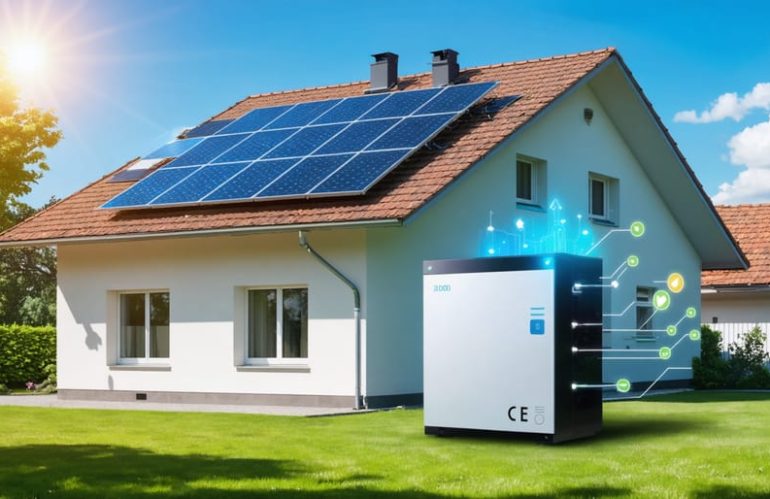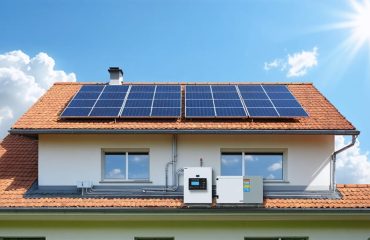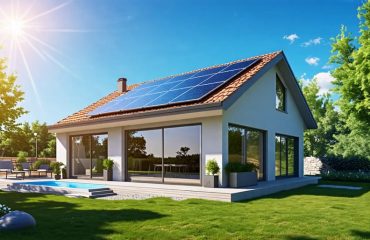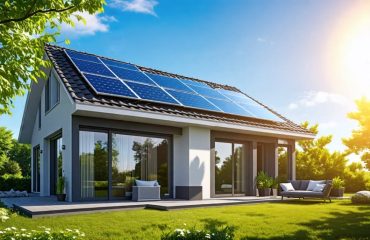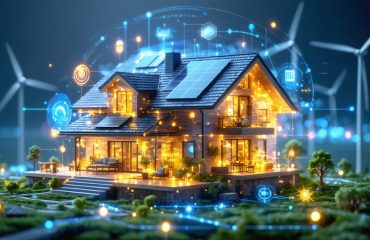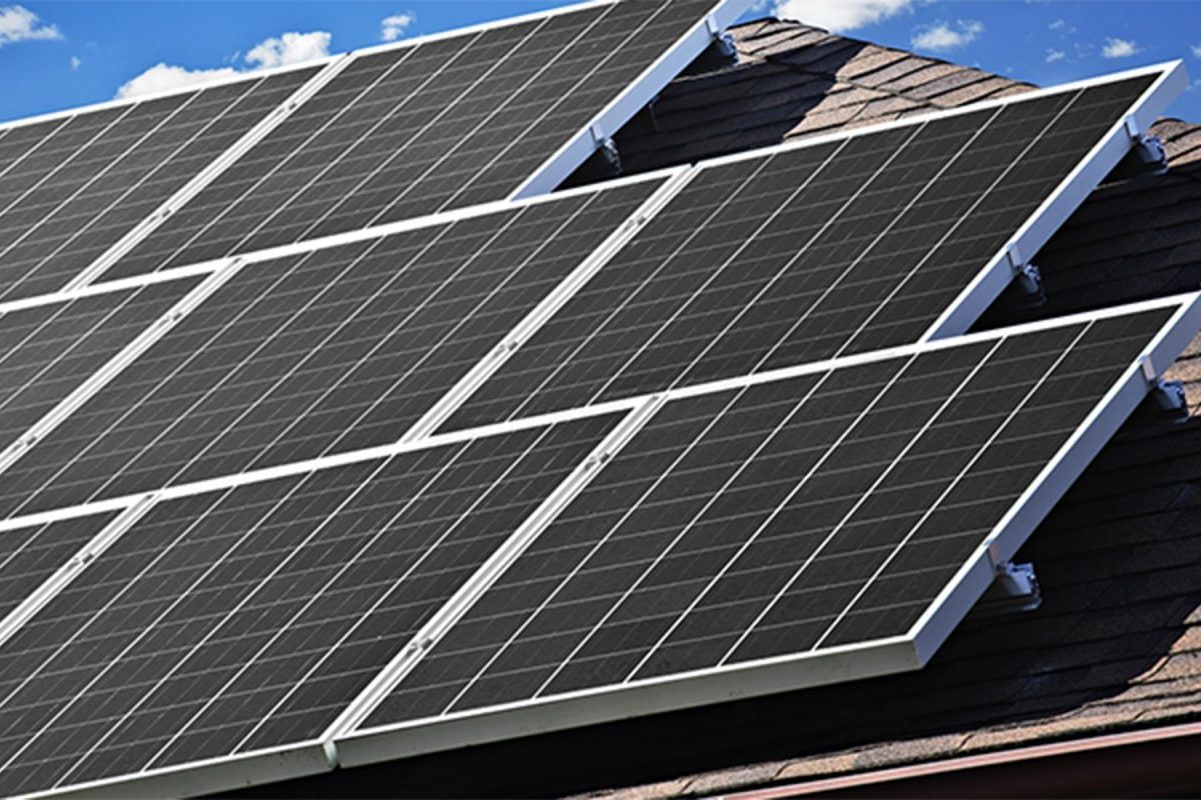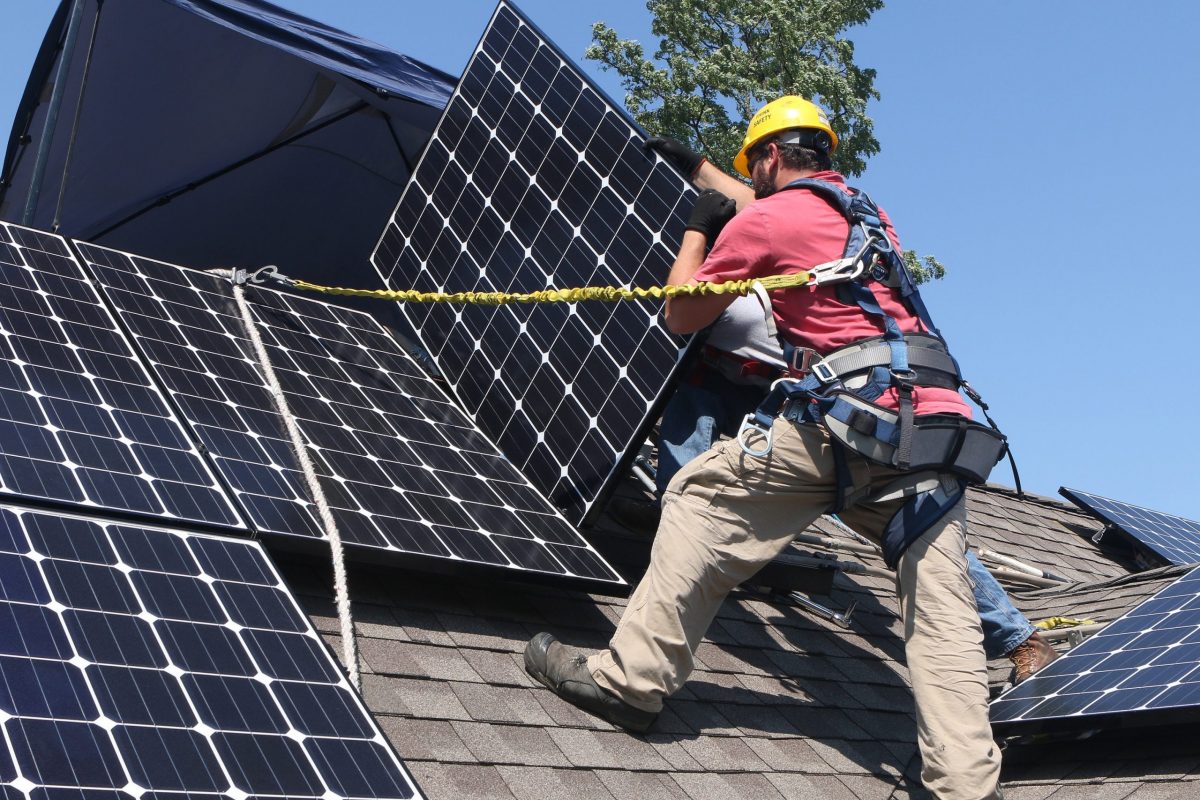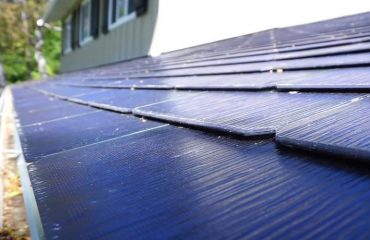Three-phase battery backup systems represent a significant leap forward in achieving true grid independence for modern homes. Unlike traditional single-phase solutions, these advanced systems provide comprehensive power coverage for your entire household, including heavy-duty appliances and electric vehicle charging stations. By balancing loads across all three phases, they deliver superior efficiency and reliability during power outages while maximizing the return on your solar investment.
For homeowners already investing in solar energy, three-phase battery backup offers a critical advantage: the ability to maintain full power functionality during outages without compromising on energy consumption or lifestyle. This technology bridges the gap between conventional backup solutions and whole-home energy management, ensuring that your investment in renewable energy translates into genuine energy security.
Whether you’re building a new home or upgrading an existing solar setup, understanding three-phase battery backup systems is essential for making informed decisions about your energy future. These systems represent the next evolution in residential power management, offering unparalleled control over your home’s energy ecosystem while providing peace of mind during grid disruptions.
What Makes Three-Phase Battery Backup Different?
Single-Phase vs. Three-Phase Power
Most homes in the United States use single-phase power, which delivers electricity through two main wires. Think of it as a single wave of electrical power flowing into your home. While this works fine for most household appliances, three-phase power offers distinct advantages by delivering electricity through three separate waves that work together more efficiently.
Three-phase power is like having three synchronized streams of electricity instead of one. This setup provides more consistent power delivery and can handle larger loads more effectively. It’s particularly beneficial for homes with heavy-duty equipment like electric vehicle chargers, pool pumps, or large air conditioning systems.
When it comes to battery backup systems, three-phase power allows for more balanced energy storage and distribution. This means your backup system can power more appliances simultaneously during an outage and charge more efficiently when grid power is available. For homeowners with solar installations, three-phase systems can also better handle the power generated by larger solar arrays, making them an ideal choice for comprehensive home energy solutions.
While single-phase systems are sufficient for many households, three-phase power provides the robust foundation needed for advanced home energy management systems.
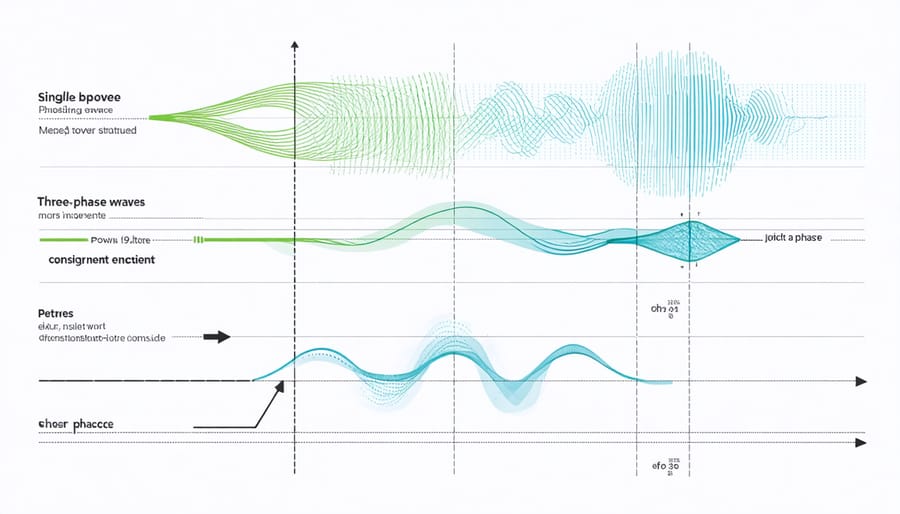
Benefits for Your Home Solar System
A three-phase battery backup system offers numerous advantages for your home solar setup. First, it provides more stable and efficient power distribution throughout your house, ensuring that larger appliances like air conditioners and electric vehicle chargers operate smoothly. This balanced power delivery reduces strain on your electrical system and extends the life of your equipment.
During power outages, you’ll enjoy uninterrupted power supply to all areas of your home, not just essential circuits. This means you can continue running your home office, kitchen appliances, and climate control systems without compromise. The system’s higher capacity also means you can store more solar energy during peak production hours, maximizing your energy independence.
Financial benefits are significant too. By storing excess solar power more efficiently, you’ll reduce your reliance on grid electricity during peak rate periods. This translates to lower utility bills and better returns on your solar investment. The system’s smart power management capabilities also help protect your sensitive electronics from voltage fluctuations, potentially saving you money on replacement costs.
Many homeowners also appreciate that three-phase systems are future-proof, ready to accommodate additional solar panels or energy storage as their needs grow.
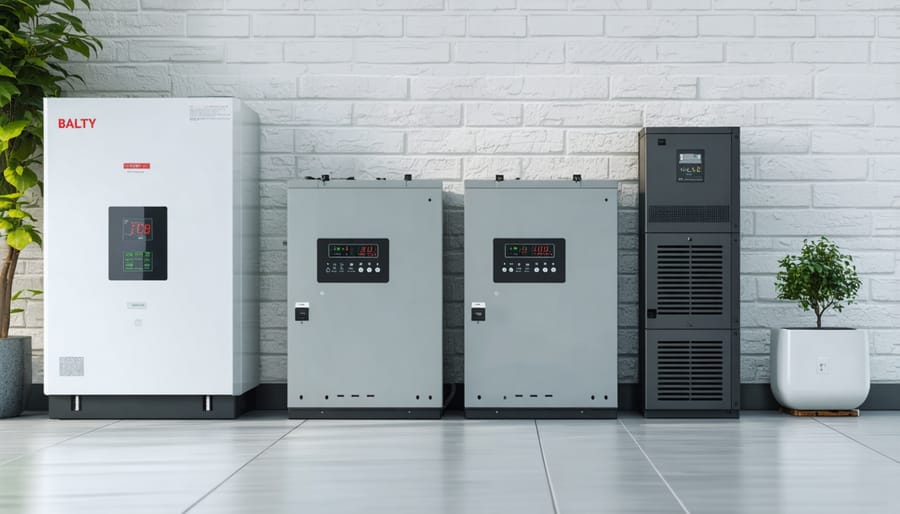
Real Benefits of Three-Phase Battery Backup
Better Power Distribution
Three-phase battery backup systems excel at distributing power more evenly throughout your home compared to single-phase alternatives. Think of it as having three separate channels working together instead of just one, allowing for smoother power delivery to all your appliances and devices.
This balanced distribution means your heavy-duty appliances like air conditioners and electric vehicle chargers can operate more efficiently. Instead of putting all the strain on a single power line, the load is shared across three phases, reducing wear and tear on your system while maintaining stable voltage levels throughout your home.
The benefits of this improved distribution are particularly noticeable during peak usage times. When you’re running multiple appliances simultaneously, a three-phase system ensures that power remains consistent and reliable. This translates to fewer voltage fluctuations, better equipment performance, and potentially longer lifespans for your electrical devices.
For homes with solar installations, three-phase distribution also means more efficient use of your renewable energy. The system can better handle varying power loads throughout the day, making the most of your solar generation and stored battery power.
Enhanced Energy Storage
Three-phase battery backup systems offer significantly enhanced storage capabilities compared to traditional single-phase solutions. With a properly configured home battery backup system, you can store up to three times more energy, extending your backup duration during power outages. This means your home can run essential appliances and systems for longer periods without grid power.
Modern three-phase batteries utilize advanced lithium-ion technology and smart power management systems to maximize storage efficiency. Most systems can now provide 24-48 hours of backup power for a typical household, depending on your energy consumption patterns. You can even stack multiple battery units to further increase capacity and backup duration.
The improved storage capabilities also allow for better integration with solar panels, enabling you to store excess daytime production for evening use. This enhanced storage translates to greater energy independence and reduced reliance on the grid, ultimately leading to more predictable energy costs and peace of mind during outages.
Smoother Operation of Large Appliances
Three-phase battery backup systems excel at powering large household appliances like air conditioners, electric ovens, and pool pumps more efficiently than single-phase alternatives. These appliances typically require significant power to start up and maintain operation. With a three-phase system, the power load is distributed evenly across three separate circuits, reducing strain on any single component and ensuring smoother operation.
This balanced power distribution means your heavy-duty appliances run more efficiently and experience less wear and tear. For example, air conditioning units start up with less stress on the motor, potentially extending their lifespan. Pool pumps operate more consistently, and electric vehicle chargers deliver power more reliably.
The system’s ability to handle varying power demands also means you can run multiple large appliances simultaneously without experiencing voltage drops or performance issues. This makes three-phase battery backup particularly valuable during extended power outages when maintaining normal household operations is crucial.
Is Three-Phase Battery Backup Right for Your Home?
Home Energy Requirements
Determining whether your home needs three-phase battery backup starts with understanding your current electrical setup and energy demands. Most residential properties in the United States use single-phase power, but certain homes, particularly larger ones with heavy-duty appliances, may already have three-phase power installed.
To assess your needs, start by checking your electrical panel and utility meter. If you see three hot wires instead of one or two, you likely have three-phase power. Next, take inventory of your large appliances and systems. Equipment like electric vehicle chargers, pool pumps, air conditioning units, and workshop machinery often require three-phase power for optimal performance.
Consider your future energy plans as well. If you’re thinking about installing a larger solar system, adding an electric vehicle charging station, or expanding your home’s electrical capacity, a three-phase battery backup system might be a wise investment. It offers better power distribution and more efficient energy storage capabilities.
For homes with existing three-phase power, matching your backup system to your electrical infrastructure is crucial for seamless operation. If you’re unsure about your setup, consult a qualified electrician who can evaluate your home’s electrical system and recommend the most suitable battery backup solution for your needs.
Remember that while three-phase systems typically cost more upfront, they can provide greater energy independence and better support for high-power applications in the long run.
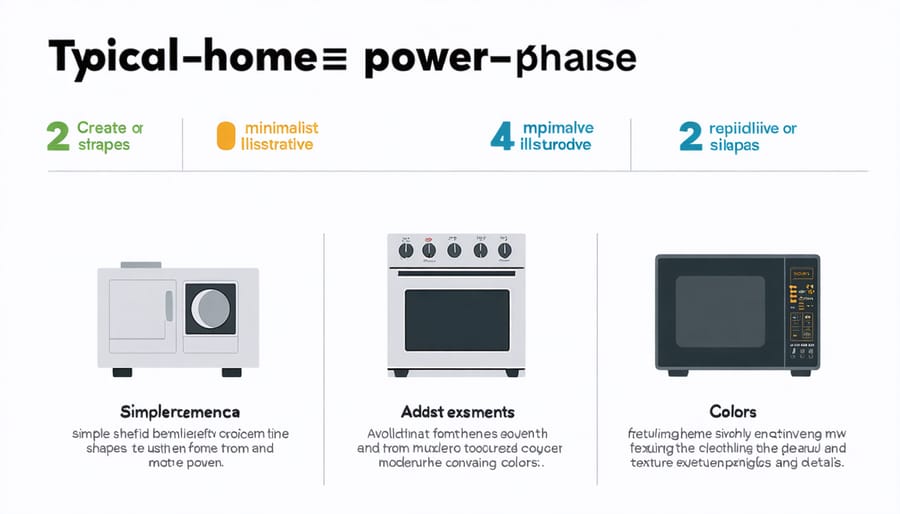
Installation and Integration
Adding a three-phase battery backup to your existing solar system is a straightforward process when handled by qualified professionals. The installation typically takes 1-2 days and begins with a thorough assessment of your current setup. Your installer will evaluate your electrical panel, solar system capacity, and available space for the battery units.
Integrating battery storage requires installing a new backup gateway or critical loads panel, which determines which circuits will receive power during outages. The batteries themselves are usually mounted on a wall or placed on the ground in a weatherproof enclosure, preferably in a garage or covered area.
Your installer will also add a three-phase inverter if you don’t already have one compatible with battery backup. This essential component manages power flow between your solar panels, batteries, and home. Modern systems include smart monitoring capabilities, allowing you to track energy usage and battery status through a mobile app.
The final step involves configuring your backup preferences and testing the system. Your installer will walk you through operation basics, including how to monitor battery levels and what to expect during power outages. Most systems also come with automatic updates and remote monitoring, ensuring optimal performance without requiring constant attention from homeowners.
Making the Switch: Next Steps
Ready to make the switch to three-phase battery backup? Here’s your roadmap to a successful implementation. Start by conducting a thorough energy audit of your home to understand your power needs. This will help determine the appropriate battery capacity and ensure you get reliable backup power that matches your household requirements.
Next, consult with several certified solar installers who specialize in three-phase systems. Look for professionals with extensive experience and positive customer reviews. They should provide detailed proposals that include:
– Battery system specifications
– Installation timeline
– Cost breakdown
– Warranty information
– Maintenance requirements
Consider your budget and explore available incentives. Many states offer tax credits, rebates, or grants for battery storage installations. Federal tax incentives can also significantly reduce your initial investment. Ask your installer about financing options if needed.
Check local regulations and obtain necessary permits. Some jurisdictions have specific requirements for three-phase battery installations. Your chosen installer should handle this process but stay informed about what’s required in your area.
Prepare your home for installation by:
– Clearing access to your electrical panel
– Designating space for battery placement
– Upgrading your electrical system if necessary
– Installing a smart meter if required
Plan for minimal disruption during installation by scheduling work during low-usage periods. Most installations take 1-2 days, but complex systems might require additional time.
After installation, ensure you:
– Understand the monitoring system
– Know emergency procedures
– Schedule regular maintenance
– Keep warranty documentation
– Track system performance
Remember, transitioning to three-phase battery backup is a significant investment in your home’s energy independence. Take time to make informed decisions and work with qualified professionals to ensure optimal results.
Three-phase battery backup systems represent a significant step forward in home energy independence and sustainability. By providing comprehensive power coverage for your entire home, these systems offer unparalleled reliability and efficiency that single-phase alternatives simply can’t match. The ability to maintain power during outages, optimize solar energy usage, and reduce electricity bills makes three-phase battery backup an investment worth considering for any homeowner serious about energy independence.
The benefits extend beyond just keeping the lights on. With rising energy costs and increasing grid instability, a three-phase battery system puts you in control of your home’s energy future. You’ll enjoy reduced electricity bills, protection from power outages, and the satisfaction of knowing you’re contributing to a more sustainable environment.
While the initial investment may seem substantial, the long-term advantages – including potential government incentives, reduced energy costs, and increased property value – make it a worthwhile consideration for many households. As battery technology continues to advance and prices become more competitive, three-phase battery backup systems are becoming increasingly accessible to homeowners.
Consider consulting with a qualified energy professional to evaluate your home’s specific needs and determine the most suitable system configuration. With proper planning and implementation, a three-phase battery backup system can provide years of reliable service while helping you achieve your energy independence goals.

